City, artists working to save portion of Old National Road facade
A drone photo shows the exposed posterior to the Main Street building community advocates are hoping to save.
October 22, 2018
The future of several storefronts lining a portion of Downtown Zanesville’s Main Street will soon be decided when the city’s Ways and Means Committee recommends one of two options to Council.
The three seemingly sound facades of the building are just that, a facade, because just peering through the front window unveils a collapsed back wall where the indoors and outdoors collide.
Two of the three parcels, 606 and 608 Main Street, were foreclosed and turned over to the state several years ago, but the 614 address was occupied by antique store owner Shirley Labaki until her building was condemned by the city over the summer.
One option will save the building, but cost nearly $1 million in the making, and the other will send the longest contiguous stretch of storefronts along the Old National Road tumbling down.
It’s an issue met with much emotion, especially from the local artist community that has worked to restore much of the abandoned downtown buildings and turn it into a bustling art hub in the community.
The area of Main Street located north of the courthouse is now being referred to as the “Old Quarter” by those involved in the movement to restore the section of commercial and residential property.
Written on the windows of the condemned building is the history of each business to ever occupy the space, along with pleas to save the building.
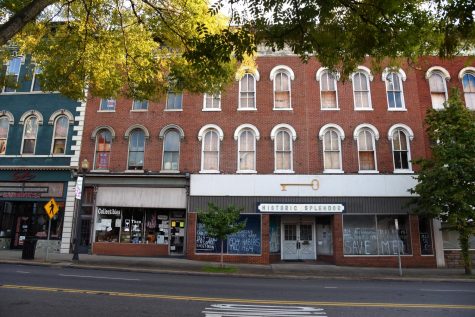
While even after the recent property value reassessment in Muskingum County the total combined value of the three parcels is just over $200,000, the artists and supporters of downtown revitalization see much more value within that particular lot.
Earlier Monday afternoon, longtime local artist Paul Emory was defensive when explaining why he and other artists would hate to see the 19th century building and all its history lost.
“We don’t want the city to do the wrong thing and take the easy way out again,” said Emory, referring to the demolition of the entire building.
Instead, Emory, like others, sees much potential for the building to become a cultural hub of Zanesville. Emory envisions new businesses or the arts and entertainment industry revitalizing the blighted building and attracting new visitors, tourists even, to Downtown Zanesville.
“What collapsed in the back is a matter of putting the wall back up,” Emory said.
But during Monday night’s Ways and Means Committee meeting, there seemed to be no opposition to taking the preservation route, and even the passionate supporters lining the walls of the conference room seemed surprised they could save their speeches for another day.
Councilman Andy Roberts was one of the first committee members to speak in support of restoring the building, followed by Rob Sharrer.
“I don’t think we can allow for that block to be demolished. We’ve got enough holes in the facade running all the way down,” said Roberts. “That’s the last intact section that we have. We have to protect it.”
Like several other advocates in the room, including Dana Matz of the Chamber of Commerce, Emory could only thank the committee for being so receptive to the thought of saving the building.
“I’m really pleased to see that you guys feel like it’s an important step to preserve that lot,” said Emory. “It would be a shame to lose that. The future would really appreciate still having that here.”
In order to move forward with what seemed to be a unanimous agreement to find a way to preserve the structure, a substantial amount of money will be needed.
Different options have been explored since the back wall collapsed in 2014.
At one point, saving just the facade was considered, but a recent reevaluation changed the direction toward keeping the entire building instead.
According to Community Development Director Jay Bennett, the city applied for and was granted $200,000 from the state to help preserve the building, but that’s only a fraction of the total projected cost needed to save the lot.
Another $700,000 would be needed to make it possible.
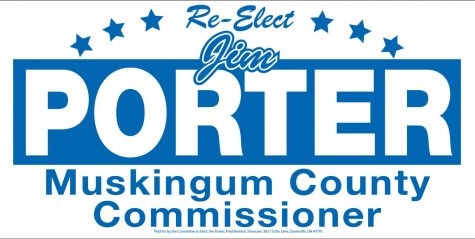
During the Ways and Means meeting, Bennett presented the idea of creating the city’s second Downtown Redevelopment District (DRD), this one centered around the art studio at the corner of Main and 6th Streets owned and operated by artist and professor Yan Sun.
The first DRD was established over the summer centered around the historic Zane Zenith building.
A DRD works as a way to keep tax money within the district itself. Instead of paying taxes to the state, the same amount is paid directly to the DRD and allocated for redevelopment purposes within that designated area.
It’s projected that if a DRD is established surrounding the condemned building, the city could take out a $300,000 bond and pay it off through the return made on the DRD over a span of 30 years.
The remainder needed to rebuild the structure would then come from funds that would otherwise be used for its demolition.
More must be considered before a final recommendation is made to city council, so the Ways and Means Committee will be having a special public meeting solely to discuss the proposed ordinance.
The date of that meeting has not yet been announced.
For now, however, those fighting to save the building can still hold on to hope that the facade will live on for decades to come.


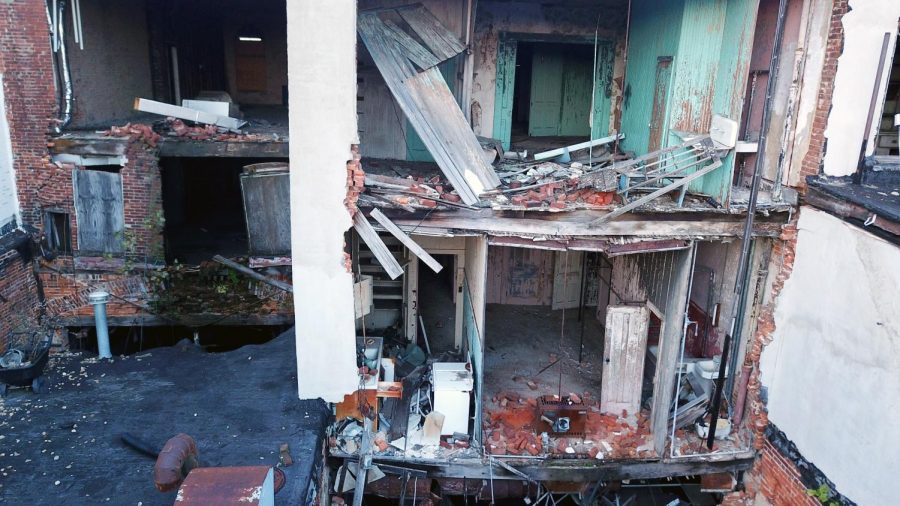

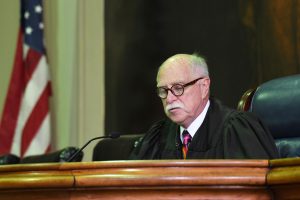
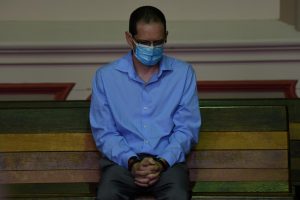
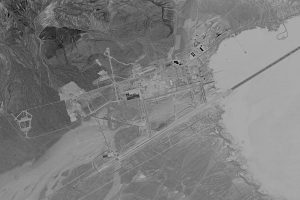

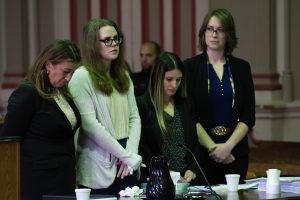



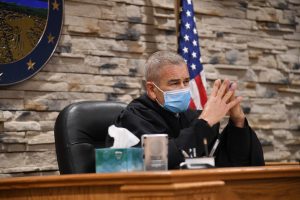
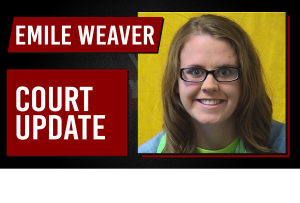
Christopher omen • Oct 23, 2018 at 6:09 pm
Would it be possible to get a series of fundraisers going to help with the cost. These old buildings need to be saved, I’m glad so many people are voicing this. Zanesville already lost to many historical building ,I feel it’s important to save as many as possible.